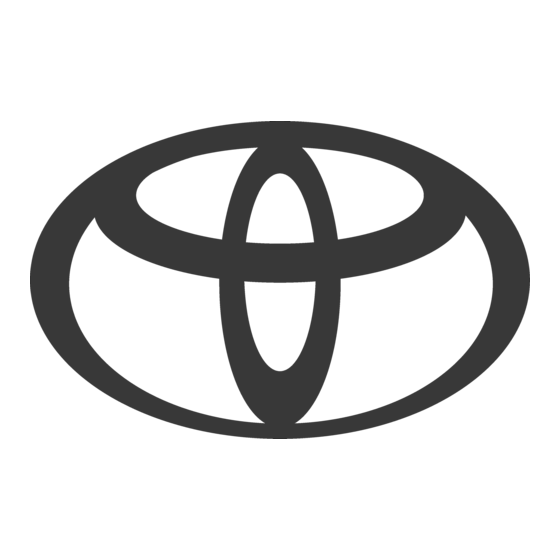
Table of Contents
Advertisement
Advertisement
Table of Contents

Summarization of Contents
Introduction
Notice on the Service Manual
Explains the purpose and structure of the service manual for users.
Important safety instruction
Provides critical safety guidelines to prevent injury and damage during operation and repair.
Meaning of warning symbols
Defines warning symbols used in the manual to indicate potential hazards.
Precautions during inspection
Outlines essential safety precautions to be taken before and during inspection or repair work.
Troubleshooting
Improper tightness of stitches
Diagnosing and resolving stitch tightness issues by checking thread tension and clearances.
Skip stitch
Identifying and fixing skipped stitches by inspecting needle and hook timing and alignment.
Thread breakage
Troubleshooting thread breakage by examining upper thread tension, needle plate, and hook clearance.
Broken or bent needle
Addressing broken or bent needles by checking needle dropping points and alignment with the needle plate.
Improper fabric feed
Correcting issues with fabric feed by adjusting feed dog height, position, and presser foot height.
Disrupted pattern
Resolving disrupted sewing patterns by checking needle dropping points and sideways movement.
Improper buttonhole sewing
Adjusting buttonhole sewing for consistent stitch count and differential width on both sides.
Improper lower thread winding length
Ensuring correct lower thread winding by measuring deviation and winding amount on the bobbin.
Improper upper threading
Troubleshooting improper upper threading by checking needle threader height and hook condition.
Adjustment of respective parts
Needle bar position
Adjusting needle bar height and direction for correct alignment with the hook and needle plate.
Timing between needle and hook
Setting the correct timing between the needle and hook by adjusting needle elevation and clearance.
Clearance between needle and upper plate spring
Adjusting the clearance between the needle and upper plate spring for smooth operation.
Stitch width
Adjusting the stitch width lever to ensure straight stitches.
Needle location
Correcting needle dropping points for straight and zigzag stitches by adjusting needle position.
Needle sideways movement
Adjusting needle sideways movement to prevent pattern disruptions.
Thread tension
Calibrating upper and lower thread tensions for optimal stitch formation.
Feed dog position
Adjusting feed dog height and fore/aft position for proper fabric feeding.
Lower thread winding length
Adjusting one-sided winding and winding amount of the lower thread.
Presser foot height
Setting the correct clearance between the presser foot and the needle plate.
Needle threader
Adjusting needle threader height and ensuring the hook is not bent.
Buttonhole sewing
Adjusting buttonhole sewing for consistent stitch count and differential width.
Feeding amount
Adjusting the pattern stitch feeding amount for correct stitch formation.
Clearance between shuttle driver and shuttle hook
Adjusting the clearance between the shuttle driver and the shuttle hook.
Belt tension
Adjusting motor belt tension and pattern selecting cam driving belt tension.
Removal and reassembling of main components
External panels, etc.
Step-by-step instructions for removing and reassembling external panels like face, rear, and front covers.











Need help?
Do you have a question about the 2D and is the answer not in the manual?
Questions and answers